Sponsored Post: Mr. Wine & Liquor offers 15% off all wines! Easter case discounts available!


A busy MBA student at St. John Fisher, Katie Joslyn, needs to make sure never has an excuse for missing a workout.
The 22-year-old Oakfield resident said Oakfield Fitness and Cross Training Center, at 116 N. Main St., is perfect for her. It's right in the village, is open 24/7, and has all the cardio and weight machines she wants to use.
"I've seen it grow," said Joslyn, who has been a member since the gym first opened at a smaller, store-front location. "It's really become something. It's a lot better than it used to be. I love coming here."
Oakfield Fitness moved just a few weeks ago, going from 1,800 square feet and multiple small rooms, to three logically organized rooms in 3,600 square feet. There's a room for weight machines, a cardio room and a cross-training room.
All of the equipment is quality Life Fitness machines.
A basic gym membership is $30 a month with no other fees and no annual contract. Cross-training members pay $80 per month and have access to the cross-training room and a cross-training coach during scheduled times.
For more information, visit OakfieldFitness.com.

The following topics will be discussed in an Open Community / Town Hall Forum:
Date: Friday, April 11
Registration: 8 a.m.; Continental Breakfast 8:15-8:45
Seminar: 8:45-10 a.m.
Location: Homestead Event Center in the City Centre.
Please RSVP to Tina Wilcox via e-mail at tinawilcox@insourcehealth.com or by phone 585-750-2794
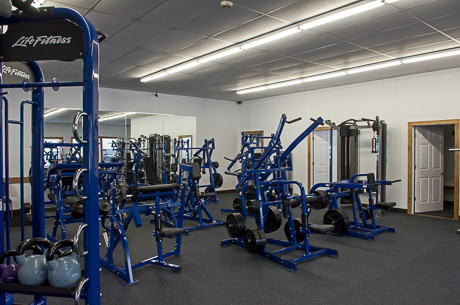
More space and more equipment are part of an expanded Oakfield Fitness and Cross-Training Center after the business moved just down the street to 116 North Main St., Oakfield.
The gym has moved from a location where there was only 1,800 square feet and equipment was distributed among several small rooms, to one with 3,600 square feet and three large rooms.
There is one room for strength equipment -- Hammer Strength machines from Life Fitness -- a room of cardio machines, including Life Fitness treadmills and bikes as well as rowing machines, and a cross-training room with free weights and various training aids.
The gym is open 24 hours a day, seven days a week and a basic membership is $30 per month (no other costs, no annual contract).
For those interested cross-training, a certified Cross Fit trainer, Steve Wakefield, is available from 5 a.m. to 8 a.m., Monday thru Saturday, and 6 to 8 p.m., Monday through Thursday.
Cross-training is $80 per month, which includes a basic gym membership and workouts with Wakefield and other cross-trainers. Use of the cross-training room is limited to cross-training members.
Oakfield Fitness will host an open house Thursday from 6 to 8 p.m. and Saturday, 10 a.m. to noon. Attend either open house and receive two days of free use of the gym at no obligation to join.
For more information, visit OakfieldFitness.com.
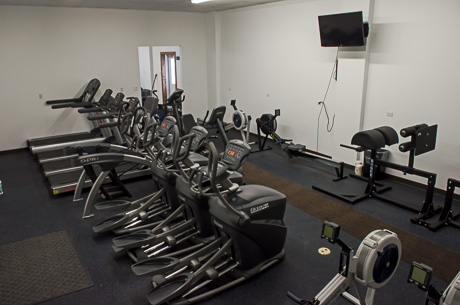
More pictures after the jump:
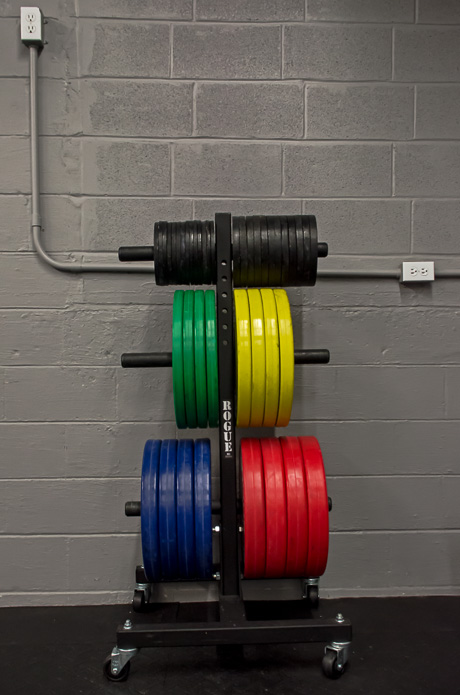
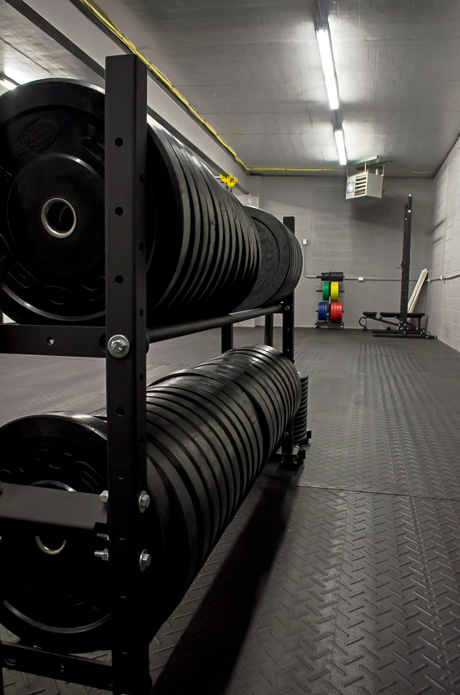
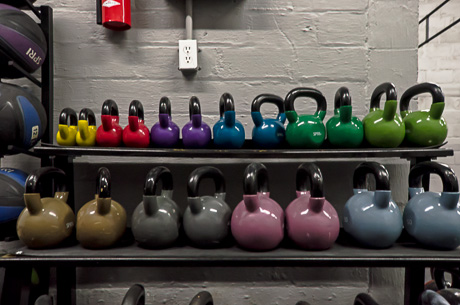

Click the graphic or click here to enter. Must complete registration form to be eligible for prize.
Yes, it's true CABLE has done it AGAIN!! Raising their rates 6.4 percent recently.
Copyright © 2008-2022 The Batavian. All Rights Reserved. Privacy Policy | Terms of Service